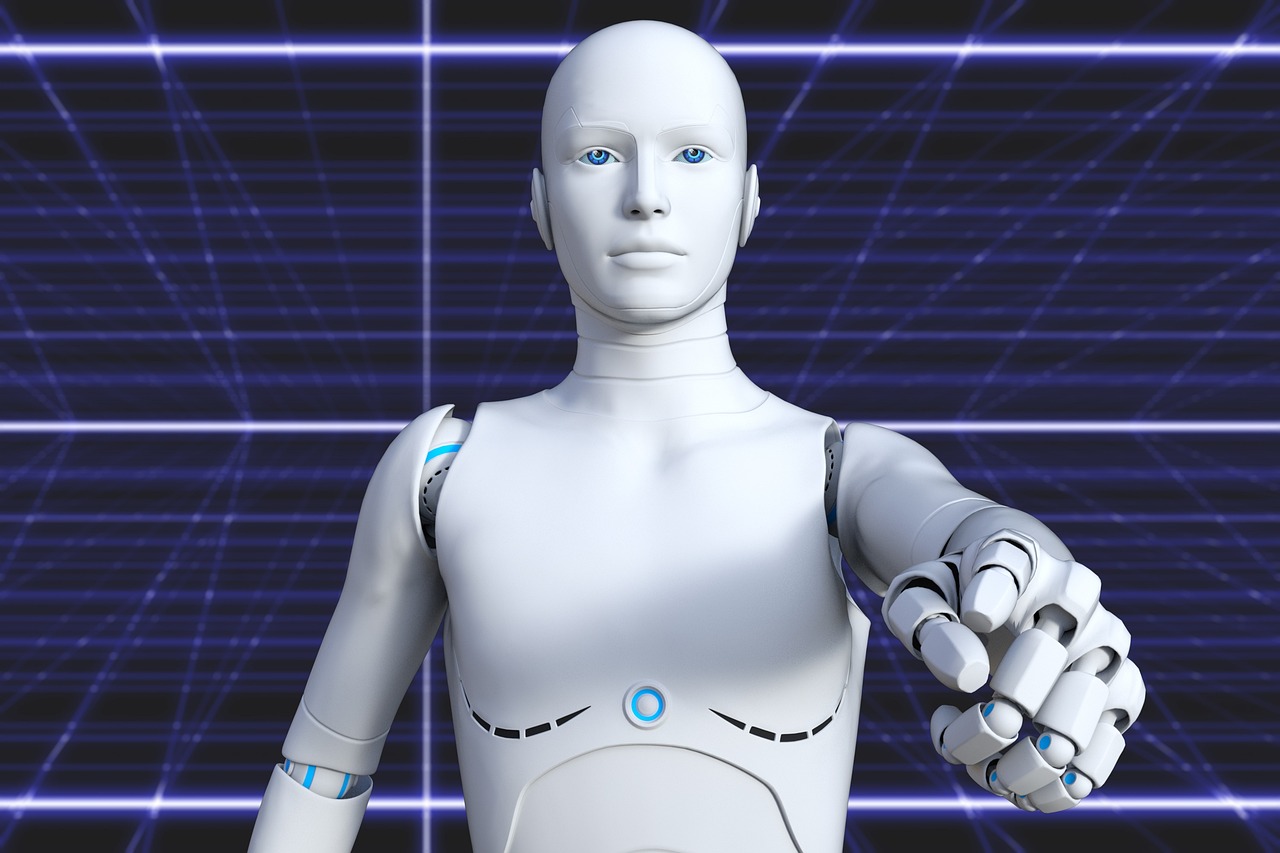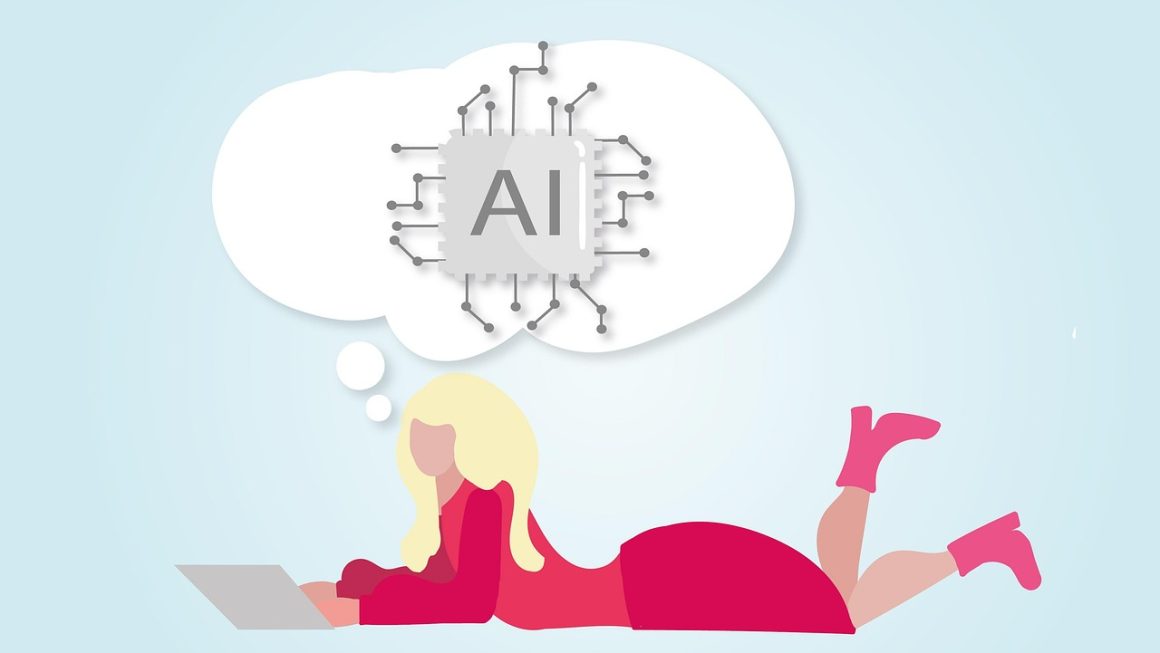Navigating the complex landscape of Artificial Intelligence can feel overwhelming, especially when it comes to choosing the right tools. AI frameworks provide a structured foundation for building, training, and deploying machine learning models, simplifying the development process and enabling researchers and developers to focus on innovation rather than reinventing the wheel. This guide will explore various AI frameworks, highlighting their strengths, weaknesses, and practical applications, helping you choose the best framework for your specific needs.
Understanding AI Frameworks
AI frameworks are software libraries that provide pre-built functions, tools, and abstractions to streamline the development of AI applications. They offer a high-level interface for common tasks like:
What are AI Frameworks?
- Defining and training machine learning models: Frameworks provide APIs and tools to define model architectures (e.g., neural networks), specify loss functions, and choose optimization algorithms.
- Managing data: They facilitate data loading, preprocessing, and manipulation, ensuring that data is in the correct format for training.
- Deployment: Frameworks offer tools to deploy trained models to various platforms, including cloud servers, mobile devices, and embedded systems.
- Hardware Acceleration: Many frameworks are optimized to take advantage of hardware accelerators like GPUs and TPUs for faster training and inference.
Why Use AI Frameworks?
- Reduced Development Time: Frameworks provide ready-made components and tools, significantly speeding up the development process.
- Improved Code Quality: They enforce best practices and provide a standardized way to build AI models, leading to more maintainable and robust code.
- Increased Efficiency: By abstracting away low-level details, frameworks allow developers to focus on higher-level design and innovation.
- Community Support: Popular frameworks have large and active communities, providing ample resources, documentation, and support.
- Hardware Acceleration: Leverage GPU and TPU power without having to write complex low-level code.
- Example: Instead of manually implementing backpropagation for a neural network, a framework like TensorFlow or PyTorch provides functions to automatically calculate and apply gradients.
Popular AI Frameworks
Several AI frameworks dominate the market, each with its own strengths and weaknesses. Let’s explore some of the most popular ones.
TensorFlow
TensorFlow, developed by Google, is one of the most widely used AI frameworks. It’s known for its scalability, flexibility, and production-ready features.
- Key Features:
Eager Execution: Allows for immediate evaluation of operations, making debugging easier.
Keras Integration: Provides a high-level API for building and training models with ease.
TensorBoard: A powerful visualization tool for monitoring training progress and debugging models.
TensorFlow Serving: A flexible, high-performance system for deploying trained models.
- Use Cases:
Image recognition
Natural language processing (NLP)
Recommendation systems
Robotics
- Pros: Scalable, production-ready, large community, comprehensive documentation.
- Cons: Can be complex for beginners, steep learning curve for advanced features.
- Example: Using TensorFlow with Keras, you can define a simple neural network for image classification in just a few lines of code.
“`python
import tensorflow as tf
model = tf.keras.models.Sequential([
tf.keras.layers.Flatten(input_shape=(28, 28)),
tf.keras.layers.Dense(128, activation=’relu’),
tf.keras.layers.Dropout(0.2),
tf.keras.layers.Dense(10)
])
“`
PyTorch
PyTorch, developed by Facebook (Meta), is another popular framework known for its flexibility, ease of use, and strong research community.
- Key Features:
Dynamic Computation Graph: Allows for more flexible and intuitive model definition.
Pythonic Interface: Feels natural to Python developers, making it easy to learn and use.
Extensive Libraries: Supports a wide range of tasks, including computer vision, NLP, and reinforcement learning.
Strong GPU Acceleration: Efficiently utilizes GPUs for faster training and inference.
- Use Cases:
Research in AI and machine learning
Computer vision
NLP
Generative models
- Pros: Easy to use, flexible, strong research community, excellent documentation.
- Cons: Less mature deployment ecosystem compared to TensorFlow.
- Example: Defining a neural network in PyTorch:
“`python
import torch
import torch.nn as nn
class Net(nn.Module):
def __init__(self):
super(Net, self).__init__()
self.fc1 = nn.Linear(784, 128)
self.fc2 = nn.Linear(128, 10)
def forward(self, x):
x = torch.relu(self.fc1(x))
x = self.fc2(x)
return x
net = Net()
“`
Keras
Keras isn’t technically a framework on its own, but rather a high-level API for building and training neural networks. It can run on top of TensorFlow, Theano, or CNTK. TensorFlow has since integrated Keras into its core library (tf.keras).
- Key Features:
Ease of Use: Simple and intuitive API, making it ideal for beginners.
Modularity: Models are built from independent, configurable modules.
Extensibility: Easy to extend with custom layers and functions.
Multi-Backend Support: Can run on TensorFlow, Theano, or CNTK.
- Use Cases:
Rapid prototyping
Educational purposes
Building simple to moderately complex models
- Pros: Easy to learn, rapid prototyping, modular.
- Cons: Less control over low-level details compared to TensorFlow or PyTorch, reliant on backend framework.
- *Example: (Using TensorFlow’s Keras implementation):
“`python
import tensorflow as tf
model = tf.keras.Sequential([
tf.keras.layers.Dense(128, activation=’relu’, input_shape=(784,)),
tf.keras.layers.Dense(10, activation=’softmax’)
])
model.compile(optimizer=’adam’,
loss=’categorical_crossentropy’,
metrics=[‘accuracy’])
“`
Other Notable Frameworks
While TensorFlow, PyTorch, and Keras are the most popular, several other frameworks cater to specific needs:
- scikit-learn: A Python library for classical machine learning algorithms like classification, regression, and clustering. Excellent for simpler tasks and a good starting point.
- MXNet: A scalable and flexible framework with support for multiple programming languages.
- CNTK (Cognitive Toolkit): Developed by Microsoft, known for its performance and scalability. Now largely superseded by PyTorch in Microsoft’s AI strategy.
Choosing the Right Framework
Selecting the right AI framework depends on several factors, including your project requirements, your team’s expertise, and the deployment environment.
Factors to Consider
- Project Requirements: Is your project research-oriented or production-focused? Does it require high performance or rapid prototyping?
- Team Expertise: What frameworks are your team members already familiar with? What programming languages are they proficient in?
- Deployment Environment: Where will your model be deployed? Do you need to support mobile devices, embedded systems, or cloud servers?
- Community Support: Does the framework have a large and active community? Are there ample resources, documentation, and tutorials available?
- Hardware Acceleration: Does the framework efficiently utilize GPUs and TPUs?
- Licensing: Is the framework open-source or proprietary? What are the licensing terms?
Tips for Selection
- Start with a Small Project: Try building a simple model with a few different frameworks to get a feel for their APIs and workflows.
- Consider the Ecosystem: Look at the availability of pre-trained models, datasets, and tools that integrate with the framework.
- Read Reviews and Case Studies: See how other organizations are using the framework and what their experiences have been.
- Don’t Be Afraid to Experiment: The best framework is the one that works best for your specific needs.
The Future of AI Frameworks
AI frameworks are constantly evolving, with new features and improvements being released regularly. Some key trends shaping the future of AI frameworks include:
Emerging Trends
- AutoML: Automated machine learning tools are becoming increasingly integrated into frameworks, making it easier for non-experts to build and deploy models.
- Edge Computing: Frameworks are being optimized for deployment on edge devices, enabling AI applications to run closer to the data source.
- Explainable AI (XAI): Frameworks are incorporating tools to help understand and interpret model predictions, making AI more transparent and trustworthy.
- Federated Learning: Frameworks are supporting federated learning, allowing models to be trained on decentralized data without compromising privacy.
- Quantum Machine Learning: Integration of quantum computing capabilities into existing AI frameworks.
- Low-Code/No-Code AI: AI platforms where complex models can be built with minimal or no code are also emerging.
Conclusion
Choosing the right AI framework is crucial for the success of any AI project. By understanding the strengths and weaknesses of different frameworks and considering your project’s specific requirements, you can select the tool that best suits your needs. Whether you’re a researcher, a developer, or a business leader, the information presented in this guide should provide a solid foundation for navigating the world of AI frameworks and making informed decisions. Remember to stay updated on the latest trends and developments in this rapidly evolving field to ensure that you are using the best tools for the job.




